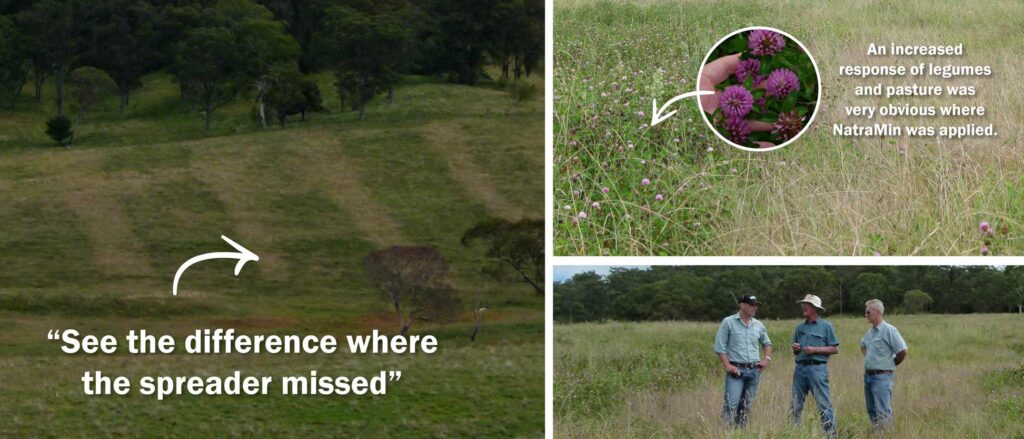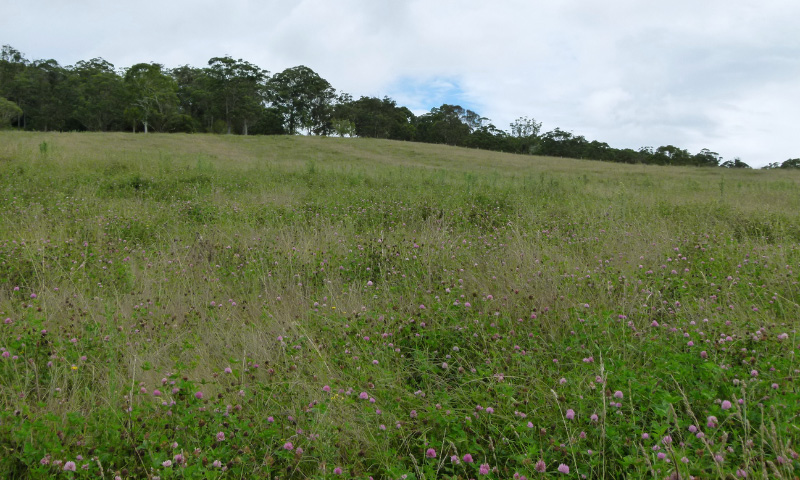Many farmers have reported that “Super does not seem to give them the results that they used to get”. Contrary to the belief held by some that the quality of Super Phosphate has changed, we believe that the change is in the soil. In particular, the depletion of microbe and worm activity in the soil has reduced the effectiveness of applied Fertiliser as well as having a strong impact on soil pH and subsequently, the availability of all plant nutrients.
Do you have a phosphate bank in your soil?
CSIRO research: “It is thought that at best, just 20% of phosphorus applied by way of Fertiliser is available for plant uptake in the year it is applied. Successive generations of Australian farmers have applied huge quantities of phosphorus Fertiliser to combat the problem of chronic phosphorus deficiency in their soil. This has led to a massive bank of fixed phosphorus, estimated at close to $10 billion at current Super Phosphate prices. This means, that of the dollars spent applying phosphate Fertiliser at the rate of 250kg per hectare (about 22.5kg of phosphorus) often just one tenth of this phosphorus (2.25kg) is immediately available to plants. It is thought that each hectare of soil may hold up to 400kg of phosphorus, with less than 4kg immediately available to crops or pasture.” (Source CSIRO article, Raiding the Phosphate Bank, 1997.)
Time for change
Many farmers are making the change to NatraMin as a means to provide a balance in soil nutrition and to stimulate the life in the soil, assisting to increase the availability of locked up nutrients.
Minerals… Due to natural leaching and generations of farming practices, many soils now have a mineral imbalance or are mineral deficient.
With common practice being focused on the replacement of NPK and the use of Lime for pH management, the loss of broad spectrum macro and trace elements has often been ignored.
Soil Microbes: Because we don’t see them, harvest them or sell them, soil microbes are often forgotten. There are several tonnes of living organisms in every acre of fertile soil… they range from single celled bacteria to earth worms… and are the life in the soil. As well as producing their own weight in humus every day, microbes convert minerals into plant available form. Soil humus provides a reservoir for moisture and can hold up to 15 tonne of Nitrogen per hectare.
The role of soil microbes…
- Fix nitrogen from the air
- Decompose organic matter
- Release nutrient lock up
- Produce plant growth stimulants
- Protect roots from disease pathogens and nematodes
- Improve soil structure and improve root systems
- Detoxify soil
- Neutralise pH
How Can NatraMin help?
NatraMin provides a broad spectrum of minerals and is formulated to stimulate both microbe and worm activity in your soil. Therefore, microbes are able to release the essential minerals supplied in NatraMin as well as helping to release locked up nutrients in your soil and to maximize the effectiveness of applied Fertiliser.
This paddock near Glen Innes (photo below) had an long history of Superphosphate applications up until 1990 when the search began for an alternative for continual applications of Super. A change was made to apply
This paddock near Glen Innes (photo below) had an long history of Superphosphate applications up until 1990 when the search began for an alternative for continual applications of Super. The change was made to use NatraMin Hi-Phos and a contractor was used to spread clover seed with the product. The clover spread 24 metres as it was expected to cover, however due to the heavier nature of NatraMin, the mineral fertiliser only covered about 18 metres. The difference where NatraMin was applied is easy to see in the photo.
Due to the narrower spreading width, NatraMin Hi-Phos was applied at a slightly higher rate than intended. At the time of this photo, this paddock had been locked up and was ready to be grazed.

